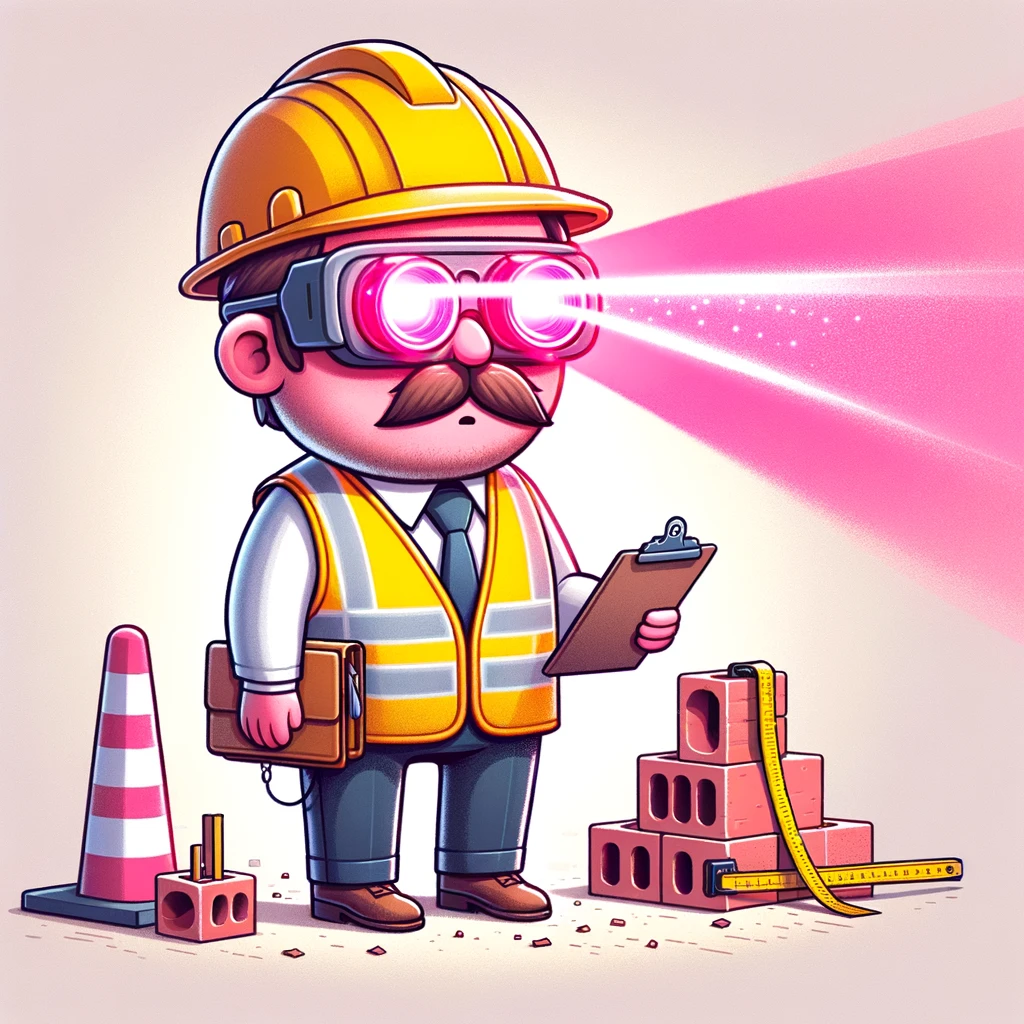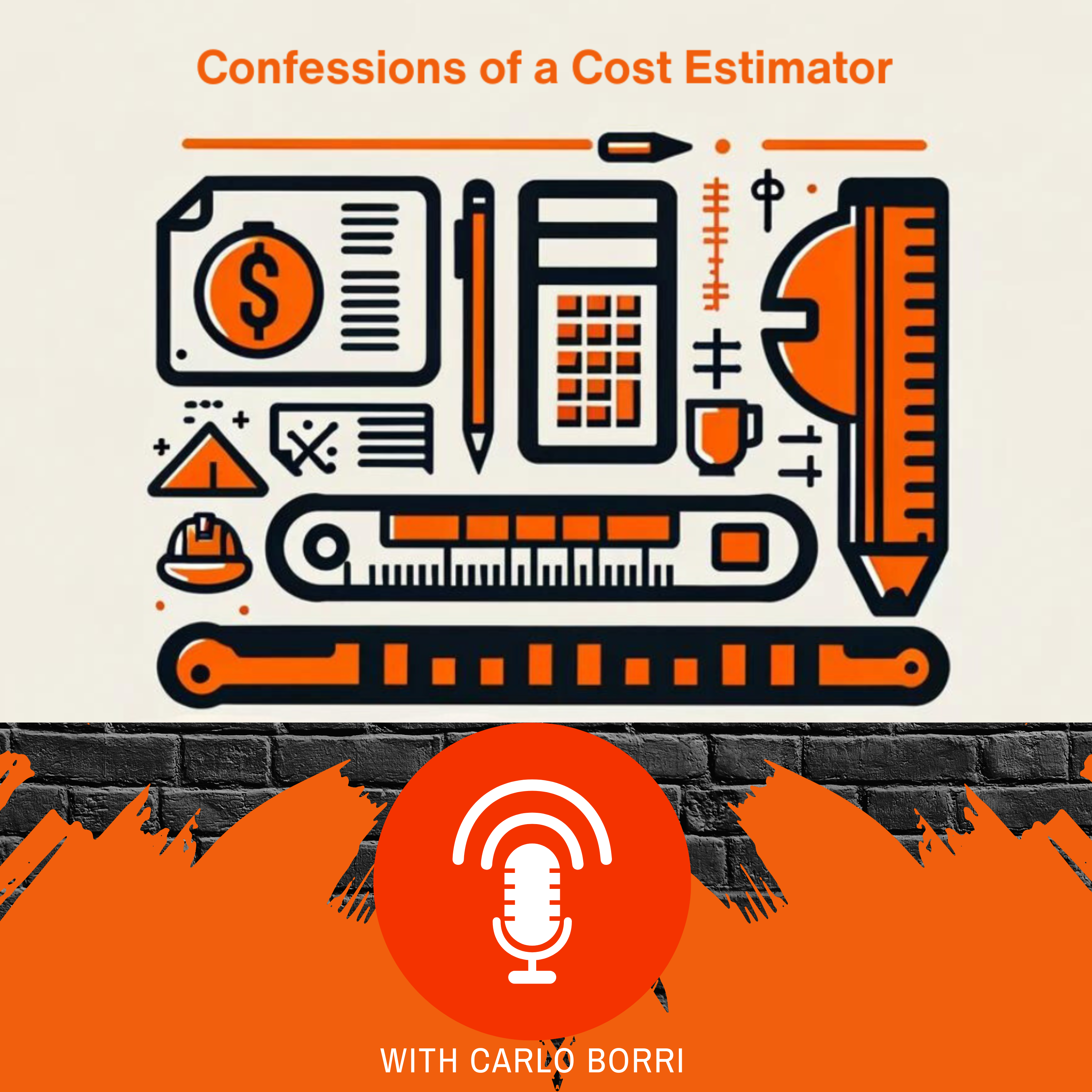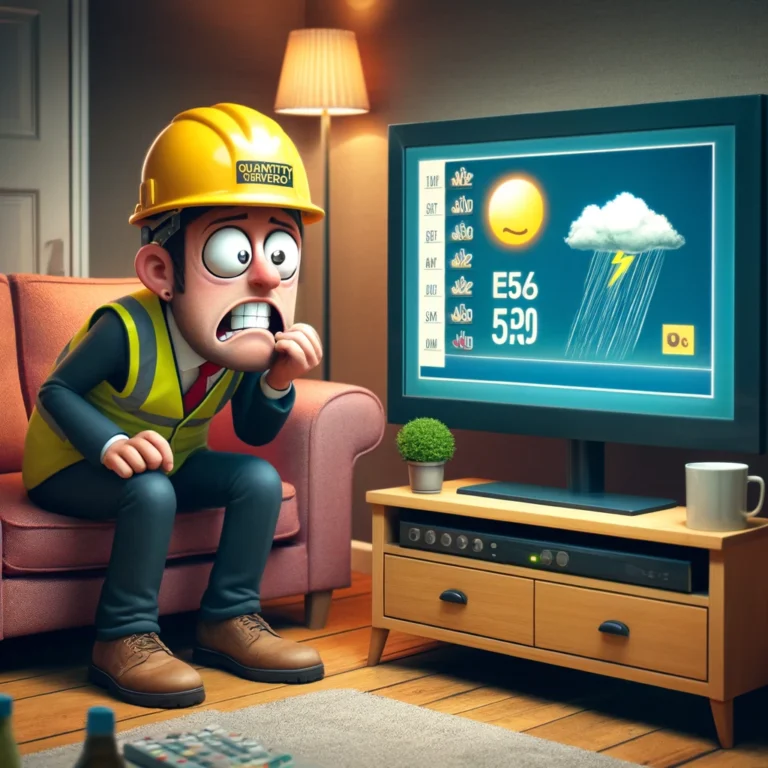For all you infrastructure enthusiasts and professionals, let’s avoid over-optimistic visions and delve into the realities of budgeting.

As a cost estimator, I often face budgets that seem to have been calculated with tonnes of over-optimistic views. While a positive outlook is commendable, injecting a dose of budgetary realism into our infrastructure projects is crucial. So, the question is: are we dealing with over-optimism or full-on fantasy budgeting? Here’s how to tell the difference:
- The “Wishful Thinking Waterfall” Feature: A project budget that promises a never-ending stream of resources at rock-bottom prices might signify a beautiful (and unrealistic) waterfall gracing the financial landscape.
- The “Manpower Miracle” Myth: If a budget assumes a team of superhuman construction workers who can defy the laws of physics and time, then we might be venturing into fantasy territory.
- The “Zero-Risk Oasis” Delusion: Any budget that promises smooth sailing with zero potential hiccups (material shortages, permitting delays, you name it) is about as likely as finding a perfectly chilled oasis in the desert.


But hold on, infrastructure champions! This isn’t about raining on anyone’s parade. It’s about ensuring our projects are built on a foundation of financial reality, not budgetary fiction driven by some over-optimistic dream. Here’s how we bridge the gap:
- Data-Driven Decisions: Historical data, market trends, and industry benchmarks are our trusted financial compass. They help us avoid the allure of budgetary mirages and arrive at a realistic cost estimate.
- Scenario Planning: Considering different project scenarios (best case, worst case, etc.) allows us to be prepared for whatever curveballs the infrastructure world throws. Think of it as having a survival guide for the budgetary wilderness, not just a pretty picture on a postcard. With this approach, we can confidently navigate the challenges and achieve realistic budgeting.
- Open Communication: Clear and honest communication with stakeholders, including you, is key. By explaining the reasoning behind our estimates and potential cost fluctuations, we can ensure everyone is on the same financial page and ready to tackle any budgetary challenges that may arise. Your input and understanding are crucial in this process.

Look, a healthy dose of optimism is valuable in any project. But we need a balance between sunshine and seeing things clearly regarding infrastructure budgets.
Have you ever encountered overly optimistic budgets in your work? Perhaps you’ve witnessed a project take an unrealistic approach to cost estimation. I’d love to hear your stories and any tips you have for keeping our infrastructure budgets grounded in reality. Share your experiences in the comments!
#Infrastructure #Construction #Communication #Planning #RiskManagement #CivilEngineering #LinkedIn #Estimation #CivilsBites #InfrastructureHummer #CostPlanning #BudgetQuest #InfrastructureAdventures #UnexpectedCosts #BudgetBuster





















+ There are no comments
Add yours